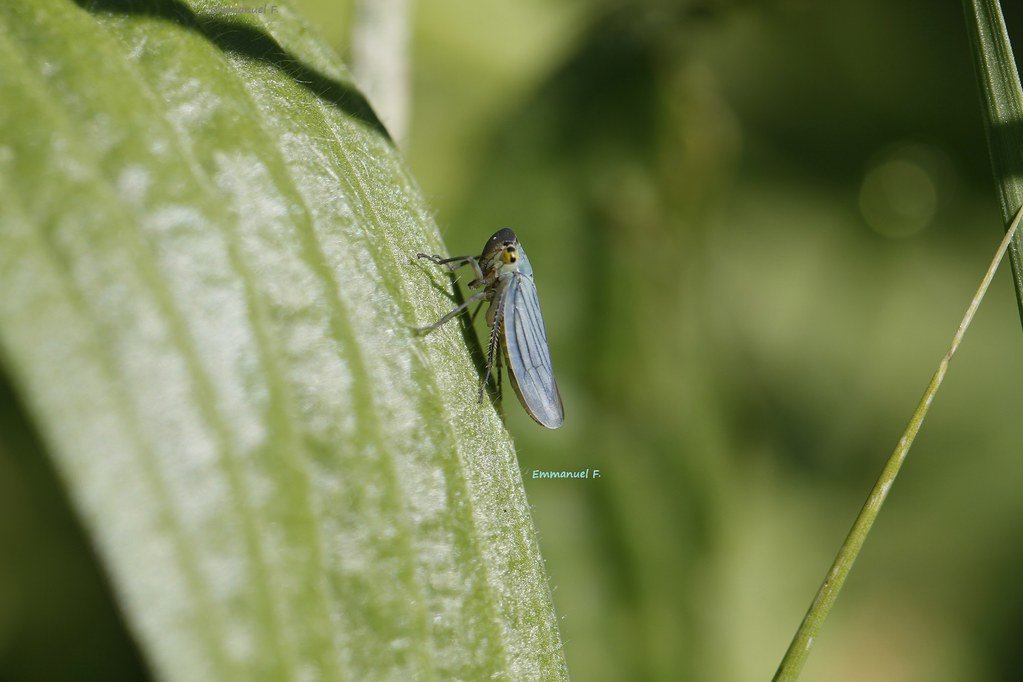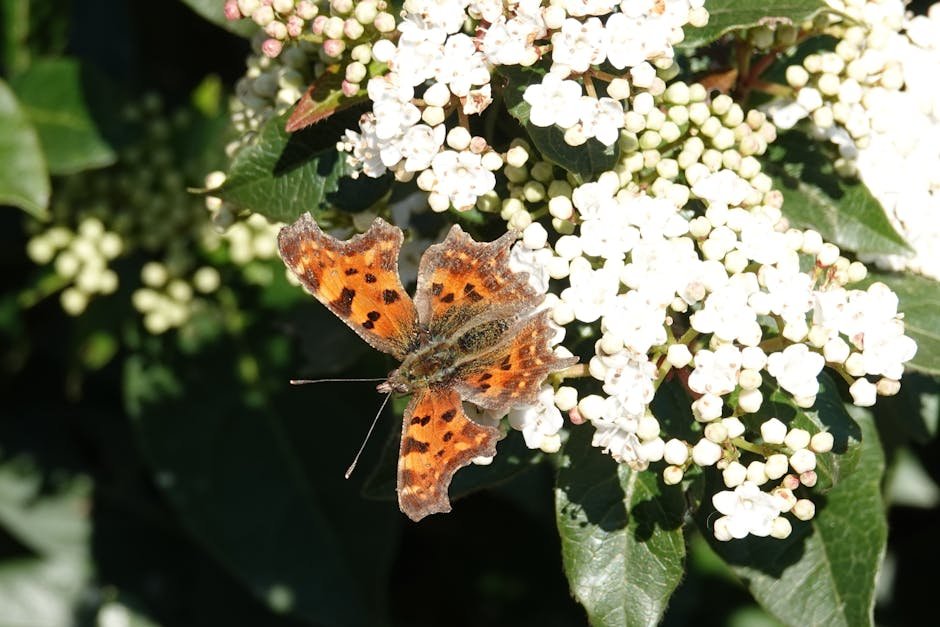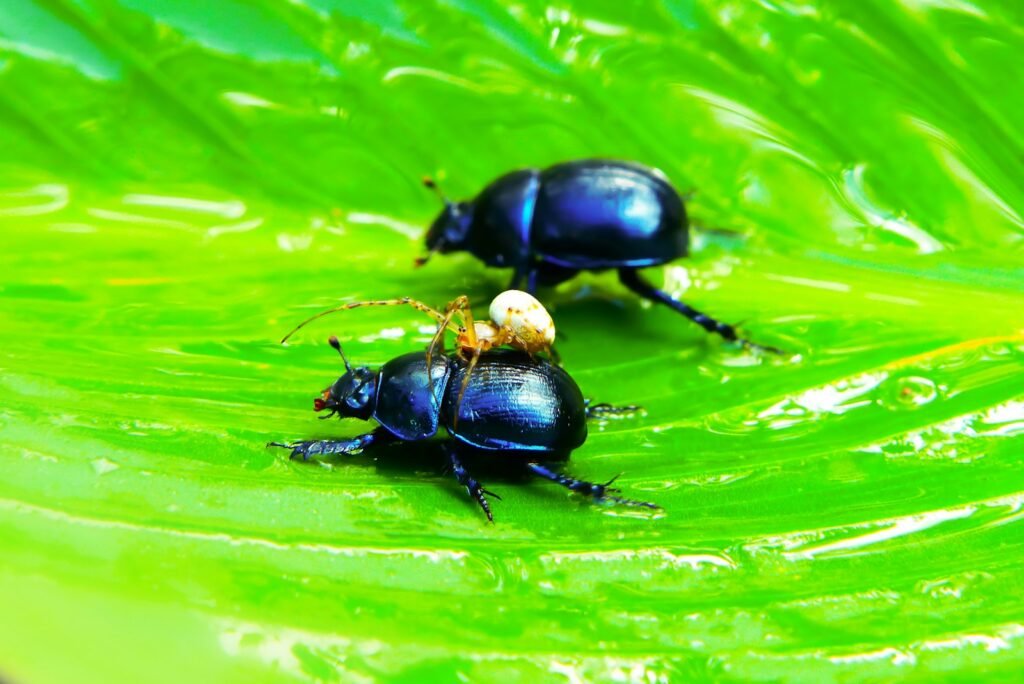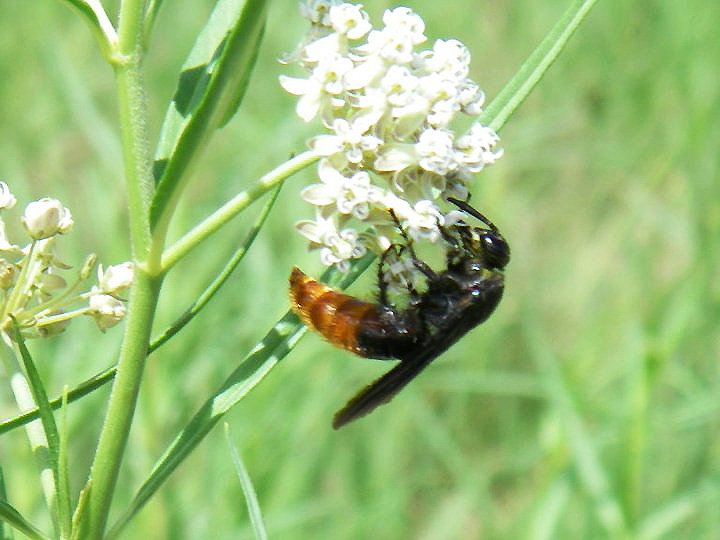The concept of utilizing insects as biological surveillance devices may sound like something from a science fiction novel, but it’s quickly becoming a reality. The Pentagon is exploring innovative ways to harness the natural capabilities of insects to monitor and gather environmental data. This approach is not only fascinating but potentially revolutionary in the field of surveillance technology. Imagine tiny creatures, once thought of as mere pests, becoming vital tools in national defense. It’s a unique blend of nature and technology, merging the simplicity of life with the complexity of modern science.
The Science Behind Insect Surveillance

Insects have long been subjects of scientific study due to their diverse and complex behaviors. The Pentagon’s interest lies in their ability to navigate environments, detect chemical changes, and adapt to various conditions. By understanding these natural abilities, scientists can develop ways to utilize insects as biological sensors. This involves studying their sensory organs, neural pathways, and communication methods. It’s like tapping into a hidden network of information that nature has perfected over millions of years. The potential to monitor changes in the environment through insects is not only intriguing but could provide unparalleled insights into ecological and even security-related changes.
How Insects Can Be Modified for Surveillance

The idea of modifying insects for surveillance purposes involves cutting-edge biotechnology. Researchers are exploring genetic modifications and micro-implantations that can enhance or direct the insects’ natural capabilities. These modifications aim to equip insects with tiny sensors or transmitters that can relay information back to human operators. It’s akin to fitting a tiny backpack on a beetle, turning it into a live drone. This process requires a deep understanding of entomology and bioengineering, ensuring that the modifications do not harm the insects but rather enhance their natural abilities in a controlled manner.
Potential Applications in Military and Security

The military applications of insect surveillance are vast. Insects could be deployed in areas that are difficult or dangerous for human personnel, such as war zones or areas affected by chemical spills. Their small size and natural behavior allow them to blend seamlessly into their surroundings, making them ideal for covert operations. For example, a swarm of modified bees could be used to detect explosives or chemical weapons. This type of surveillance could provide real-time data, offering a strategic advantage without risking human lives. It’s a new frontier in military strategy, utilizing nature’s own creations for national security.
Environmental Monitoring and Conservation Efforts

Beyond military uses, insect surveillance holds promise for environmental monitoring and conservation. Insects can be used to track pollution levels, monitor ecosystems, and even detect disease outbreaks in wildlife. Imagine a world where a swarm of insects could help scientists monitor the health of a rainforest or a coral reef. This approach could revolutionize conservation efforts, providing data that is both accurate and timely. It’s a way to harness the power of nature to protect and preserve our planet, ensuring that future generations can enjoy its beauty and diversity.
Ethical Considerations and Potential Risks

While the technology is promising, it raises significant ethical questions. Modifying living creatures for surveillance purposes challenges our understanding of nature and our place within it. There are concerns about the welfare of the insects and the potential ecological impact of releasing modified organisms into the wild. Additionally, there are risks associated with data security and privacy. The idea of living creatures transmitting data could lead to unintended consequences if not carefully managed. It’s a delicate balance between innovation and responsibility, requiring careful consideration and regulation.
Public Perception and Acceptance
The success of using insects as surveillance devices depends heavily on public perception and acceptance. People may have reservations about the idea of genetically modified insects, especially if they are perceived as invasive or harmful. Educating the public about the benefits and safety measures involved is crucial. It’s about building trust and understanding, ensuring that people see this technology as a tool for good rather than a threat. By engaging with communities and fostering open dialogue, the Pentagon can ensure that this innovative approach is met with acceptance and support.
Technological Challenges and Innovations

Developing insect surveillance technology is not without its challenges. Engineers and scientists must overcome technical hurdles such as miniaturizing components, ensuring reliable data transmission, and maintaining the insects’ natural behaviors. Innovations in microelectronics, biotechnology, and artificial intelligence are driving this progress. It’s a field that requires collaboration across disciplines, blending biology with engineering and computer science. The challenges are significant, but the potential rewards make it a worthwhile pursuit. It’s a testament to human ingenuity and the endless possibilities that arise when we look to nature for inspiration.
Future Prospects and Developments

As research continues, the future of insect surveillance looks promising. Ongoing developments in biotechnology and artificial intelligence are paving the way for even more sophisticated applications. The potential to use insects in urban environments, agriculture, and disaster response is being explored. Imagine a future where insects help manage city pollution or contribute to precision agriculture, ensuring food security. The possibilities are endless, and the technology is only beginning to scratch the surface of what might be achieved. It’s an exciting time for scientists and innovators, as they work toward a future where insects play a vital role in our technological landscape.
Conclusion
The Pentagon’s plan to use insects as biological surveillance devices is a captivating glimpse into the future of technology and nature’s synergy. It’s a field that challenges our perceptions and pushes the boundaries of what we consider possible. As research progresses, the potential applications for insect surveillance are vast, with implications for military, environmental, and societal applications. It’s a journey that requires careful consideration of ethical and practical concerns, but one that holds immense promise. The future is bright, and the humble insect may soon become a cornerstone of modern surveillance and environmental monitoring.



